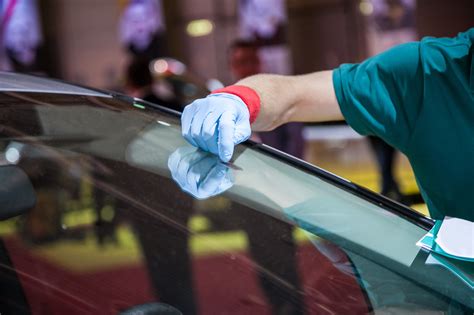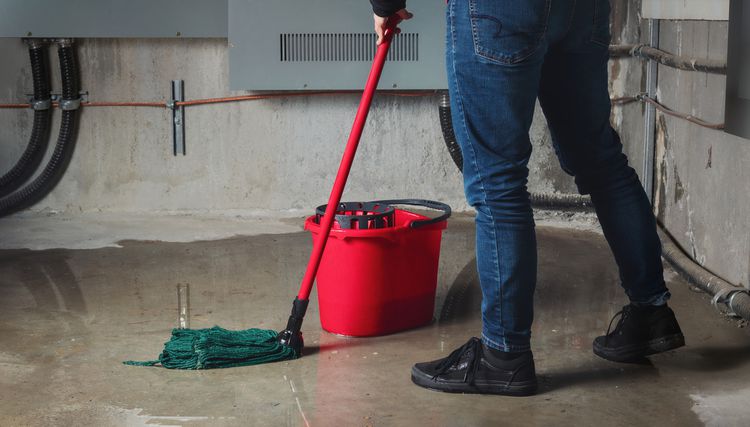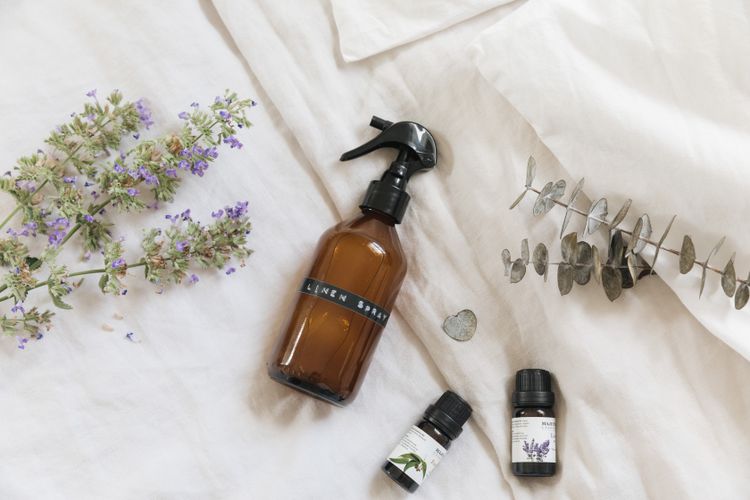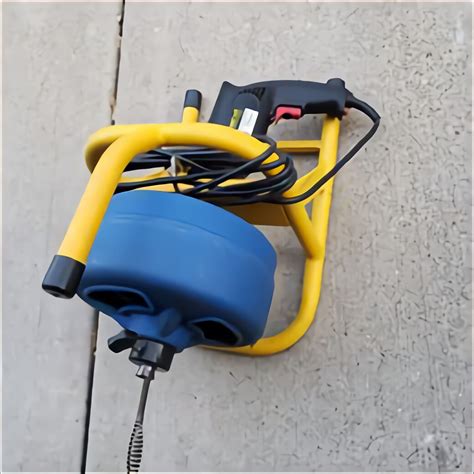
Glass Repair With Two-Part Epoxy
Glass is a delicate material that can easily crack or break. However, minor cracks in glass can often be repaired using a two-part epoxy adhesive. This method provides a strong and durable bond that restores the integrity of the glass.
Types of Cracked Glass That Can Be Repaired
Not all types of cracked glass can be repaired using epoxy. Small cracks, chips, and fractures on glass surfaces, such as windows, mirrors, or glassware, are generally suitable for epoxy repairs. However, extensive damage or shattered glass may require professional assistance or complete replacement.
Prepare the Work Area
Before beginning the repair process, it’s important to create a suitable work area. Clear a clean and well-lit space where you can comfortably handle the glass. Lay down a soft cloth or protective covering to prevent any damage to the glass or the surrounding surface.
Clean and Dry the Glass
Thoroughly clean the cracked area of the glass using a mild glass cleaner or a mixture of warm water and dish soap. Remove any dirt, dust, or residue that may interfere with the bonding process. Dry the glass completely with a lint-free cloth before proceeding.
Prepare the Epoxy
Follow the instructions provided with your two-part epoxy adhesive to prepare the mixture. Typically, this involves combining equal parts of resin and hardener on a disposable surface, such as a plastic or cardboard sheet. Use a small tool, like a toothpick or a craft stick, to mix the epoxy thoroughly until it is well-blended.
Add the Epoxy to the Crack
Using the same tool you used to mix the epoxy, carefully apply a small amount of the mixture directly into the crack in the glass. Ensure that the epoxy fills the entire crack, starting from one end to the other. Take care not to overfill the crack, as excess epoxy may create a messy appearance once dried.
Let the Epoxy Dry
Allow the epoxy to dry according to the manufacturer’s instructions. This may take several hours or overnight, depending on the specific epoxy product. Avoid touching or moving the glass during this time to ensure the bond sets properly.
Slice Off Excess Epoxy
Once the epoxy has fully cured, use a sharp utility knife or a razor blade to carefully remove any excess epoxy from the glass surface. Gently scrape along the crack, taking care not to scratch the glass. This step helps achieve a smoother finish and ensures that the repaired area blends in with the rest of the glass.
Clean the Glass
After removing the excess epoxy, clean the glass again to remove any residue or smudges. Use a glass cleaner or the same warm water and dish soap mixture as before. Wipe the glass dry with a lint-free cloth to reveal the repaired crack.
When to Call a Professional
While minor cracks can often be repaired using epoxy at home, there are situations where it’s best to seek professional assistance. If the crack is extensive, the glass is shattered, or if you’re dealing with specialized glass (such as tempered or laminated glass), it’s recommended to contact a professional glass repair service for an assessment and appropriate repairs.
FAQs
1. Can I use epoxy to repair a large crack in a glass window?
Epoxy repairs are best suited for minor cracks and chips in glass. Large cracks or shattered glass typically require professional
intervention or complete replacement. Consult with a glass repair specialist to assess the extent of the damage and determine the appropriate course of action.
2. Will the epoxy repair make the crack invisible?
While epoxy repairs can restore the structural integrity of the glass, it may not completely hide the crack. The epoxy will fill the crack, but depending on the size and location of the crack, a slight visible line may remain. However, the repair should significantly minimize the visibility of the crack.
3. Can I use epoxy to repair glassware or decorative glass items?
Yes, epoxy can be used to repair small cracks and chips in glassware or decorative glass items. However, it’s important to consider the item’s value and sentimental significance. If the item holds significant value or is an heirloom, it’s advisable to consult with a professional glass restorer to ensure the best possible repair outcome.
Conclusion
Repairing cracked glass can be a cost-effective solution for minor damage. With the right tools and materials, such as a two-part epoxy adhesive, you can restore the functionality and appearance of cracked glass surfaces. However, it’s important to assess the severity of the damage and consider seeking professional assistance for extensive cracks or specialized glass types. By following the steps outlined in this guide, you can successfully repair small cracks and enjoy the benefits of a restored glass surface.






